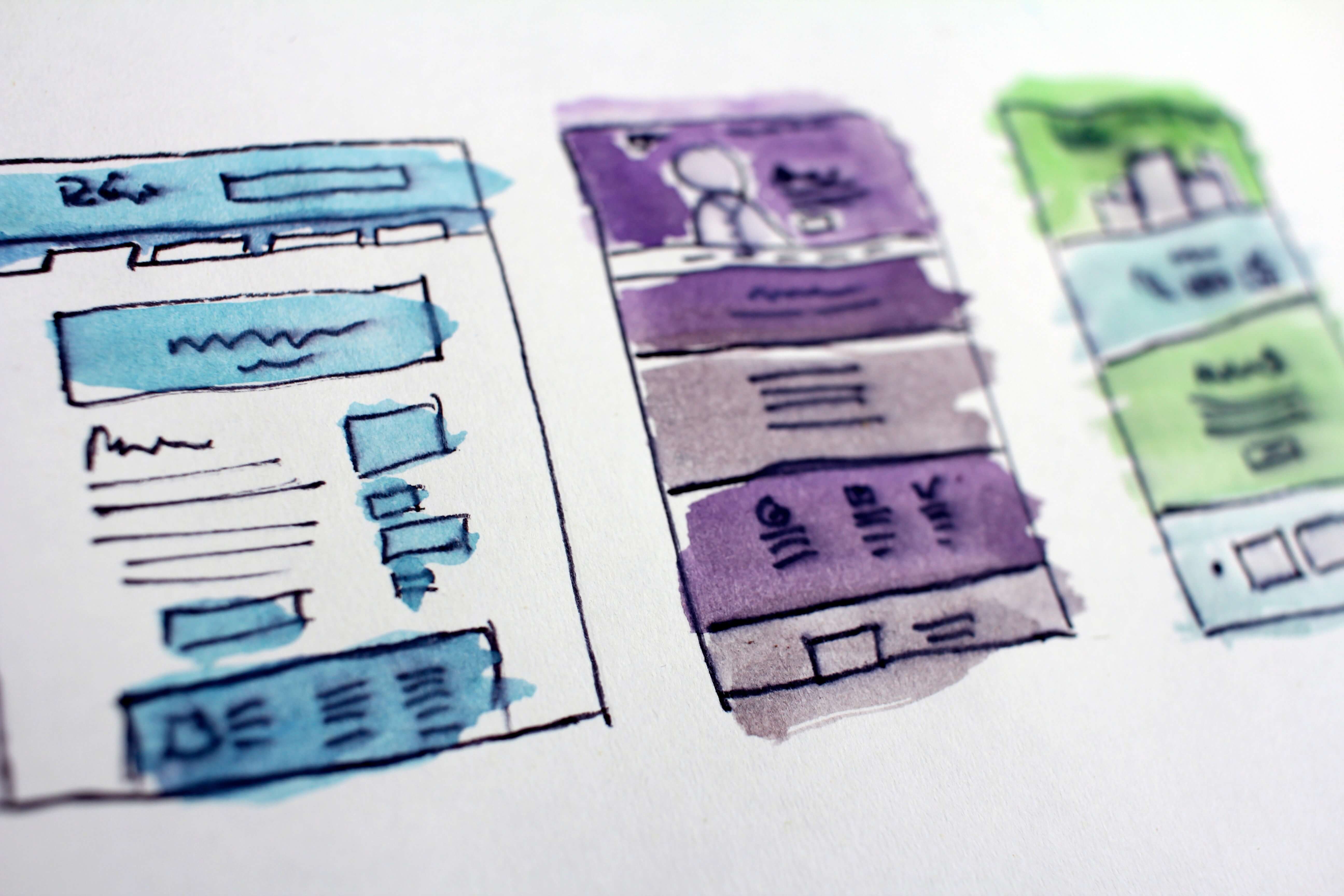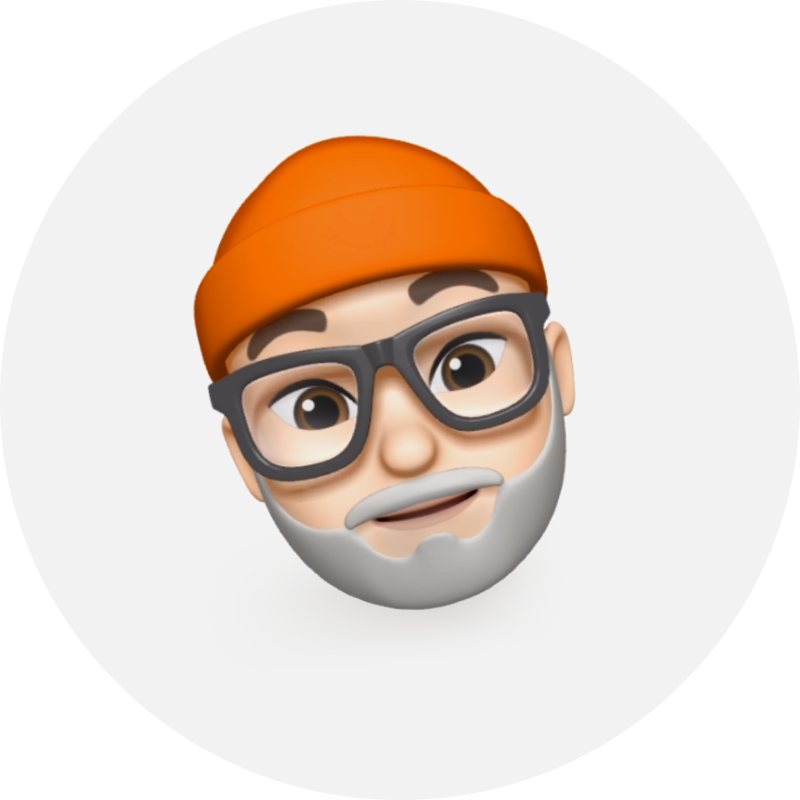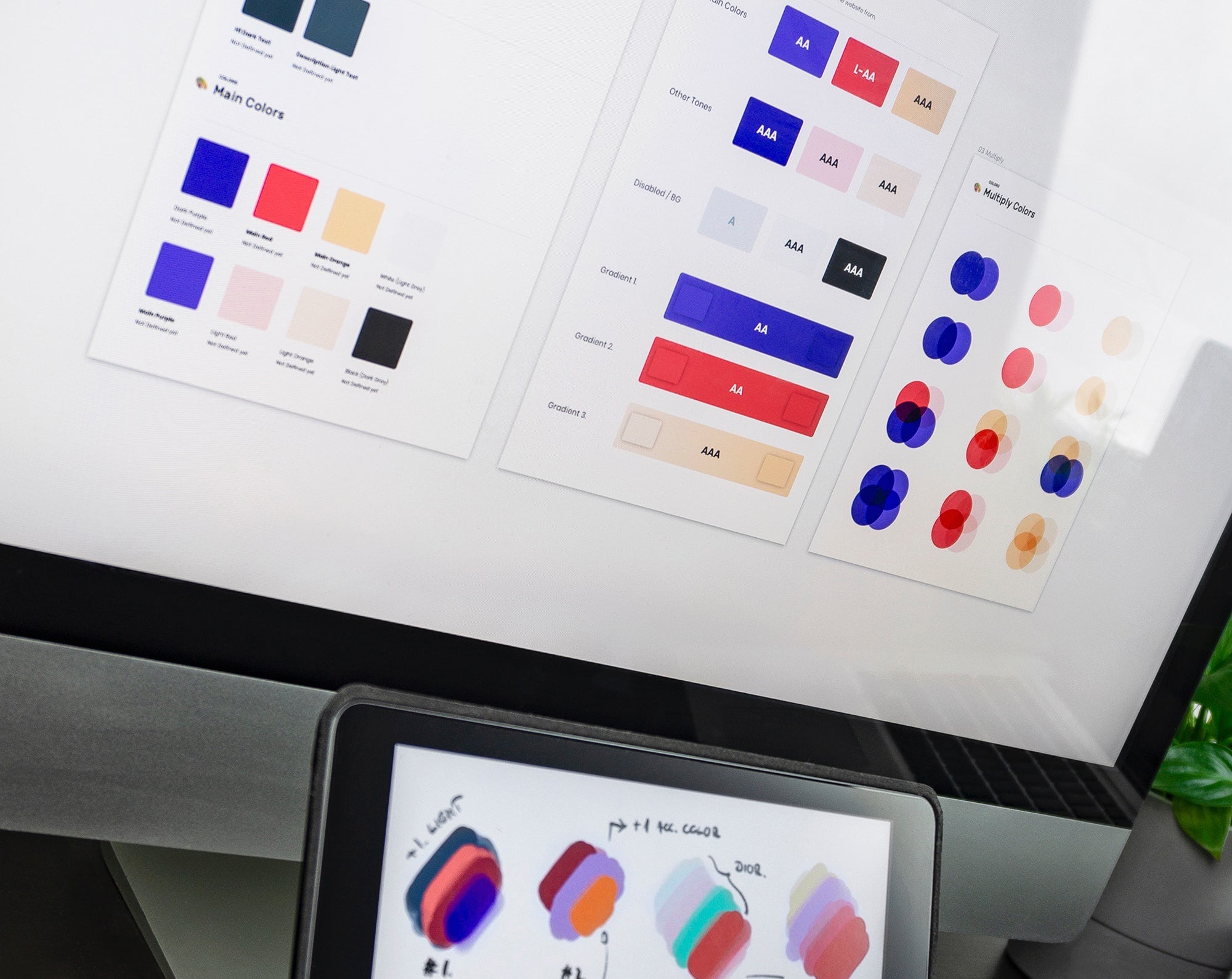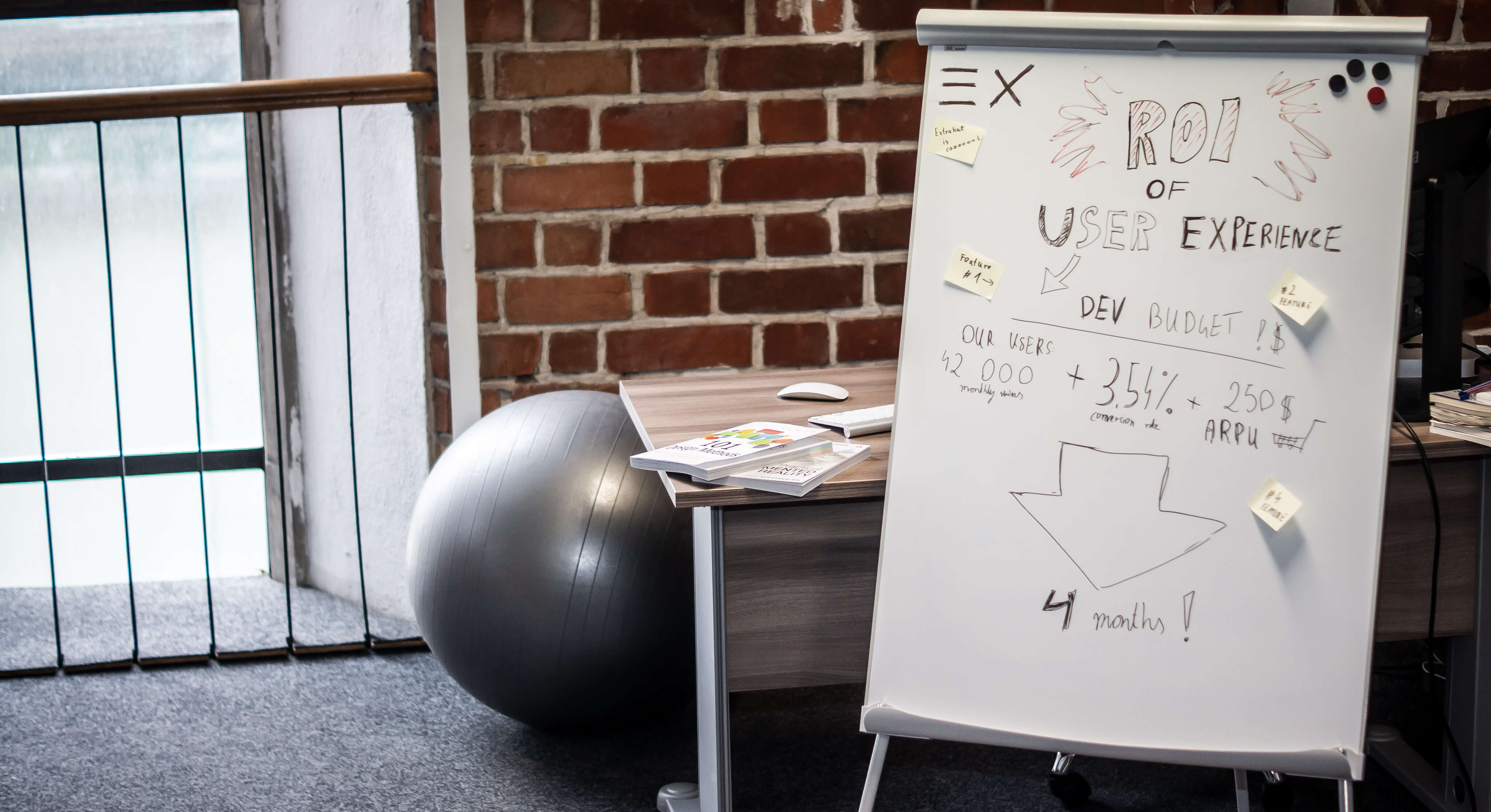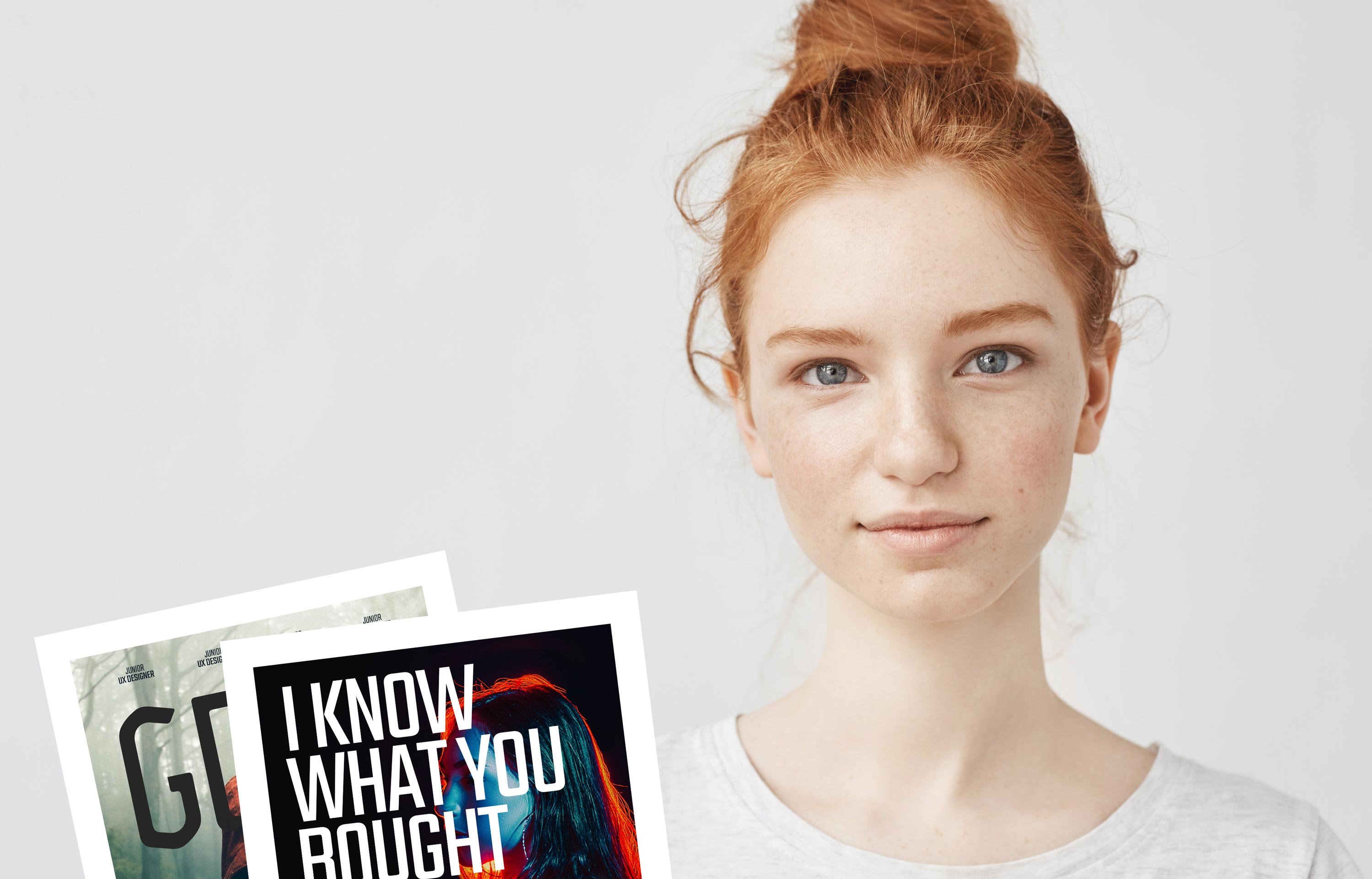Getting a cost estimate for product design idea is what often confuses first-time entrepreneurs. Especially when it comes to putting a price on designing the product. In this article, I will walk you through the whys and how’s of getting an estimate from a UX/UI design agency.
Let’s start with your idea. Having a big picture of what you want to achieve is great, but in order to get a meaningful estimate – and by meaningful, I mean the one you will use later on to establish time and budget for the project – you need to get more specific.
Define your user base
First, you have to define who’s going to use your product, what devices they use, and how. As Charles Eames, designer and co-creator of a famous lounge chair put it, ‘Recognizing the need is the primary condition for design’.
While defining your user base, you should cover:
- Demographics – who are you targeting, devices they use, their physical location (are you a local business, or are you going global), languages they speak, etc.
- User goals – what is that your users want to achieve, that your product will help them with?
- Challenges – what possible obstacles does your product aim to remove? How does your product solve challenges people may face?
Answering these questions will let you better define your target audience. Designers, on the other hand, will be able to design a UX that is in-line with real-life problems and needs.
Research the market
When it comes to market research, you want to find out if there’s already competition for your product in your niche, or maybe you enter a blue ocean.
If there’s already competition in your niche, is your product competitive enough to get clients? What is your unique selling proposition, a competitive advantage? What is different, or innovative, about your idea?
Researching the market, you may use similar products to answer these questions, but also to use them as a ballpark for your design team. It will make it easier for them to understand the purpose of your product, get the big picture, and propose a solution that will stand out from the competition.
You can also get other people’s opinions about your product design idea. Co-workers, friends, potential customers – they all may provide you with valuable insight, that will also be helpful during the design process. While researching the market, keep your main goals in mind, to avoid 'overdesigning' your product.
Decide on your budget & timeline
Answering the question about the budget may seem counterintuitive for many entrepreneurs.
Won’t the design company adjust their estimate to my budget, when otherwise, they could charge me less? - you might think.
The truth is, sharing information about your budget helps designers decide what kind of solution they can offer you. They won’t, for example, suggest extensive animations or videos, if you only can afford a simple website.
When it comes to a deadline, key questions are:
- Do you have a defined launch date by which you need to have your product ready?
- Do you want to test some parts of the product first? When?
- Are you limited by the budget, so the time should be adjusted not to overrun it?
Based on these two factors, designers know what they can accomplish, hence including it in their estimate.
Find your desired team
Depending on the size of your project, a team you might already employ, and the scope, you can decide who exactly you want to hire.
- Agency – hiring a design agency or studio, you hire most probably only designers. Depending on the company you choose, they might have experience with launch campaigns, branding, UX, etc. They won’t, however, help you with production/development, so it’s a great choice if you already have a team of software developers hired.
- Freelancers – perfect for smaller projects. Similarly, they may specialise in graphic design only, although you can find people with frontend development skills, too. The disadvantage of hiring freelancers for a bigger project is communication, as it will be more challenging to coordinate the work of people that don’t form one team, but rather work solo.
- Software house – a great choice if you want both design and development. The advantage of choosing a software development company is that you hire a team that has worked together before on similar projects, sparing your time and communication efforts during the project. Plus, software houses employ different roles, like project managers and QA specialists, too.
Deciding on the size of your desired team influences the cost of your project. Consider the number of deliverables, timeframe, and risks connected to different options, and choose the one that covers your needs the most.
Prepare for an estimate
Having the idea, user base, budget & timeframe, and potential company you need defined, you can ask for an estimate. At this stage, it’s also worth to start with some preparations.
First, remember to take notes throughout the entire project – it doesn’t have to be a formal document, as emails can also do the job. The important thing is, you need to have easy access to what you decide, so you can brief a company you will want to work with later.
Notes can include:
- Opinions – e.g. the ones you got asking friends, co-workers, or potential customers for feedback.
- Ideas – thoughts you brainstormed while defining your idea, target audience, etc.
- Questions – if you’re not sure about something, it’s ok. Write your questions down, and the company you’re talking to should be able to answer them. In the end, aren’t they experts in their field?
A picture tells more than a thousand words, remember? It’s the same while asking for an estimate. If you can – visualise. Show examples, references, benchmarks, to give designers a better idea of what you want to create.
Can’t find anything similar to what you’ve come up with? Sketch it or create a mood board. No one will judge your artistic skills – the point is to deliver a message and to deliver it clearly.
What happens next?
Contacting designers for an estimate, prepare to answer questions. The better you’ve prepared, the less of them they will have. Questions may involve the scope of your project, target audience, devices you’re targeting, your branding, etc.
It’s also possible that an agency or a software house will suggest design thinking workshops before the project starts. These workshops can typically take one or two days. During this meeting with designers, you will:
- discuss user journey,
- create user flow diagrams,
- prepare a very early-stage mock-ups of the product.
The idea behind workshops is also to get to know each other, which will ease the work during the project. Don't underestimate the power of UX, as it has a proven impact on your product's success.
Before you start
Every project, even if the idea is similar to another existing product or service is unique in its own way. Hence there exists a need for such a thorough preparation process before even asking designers for an estimate.
To keep things smooth, remember to:
- Be realistic – cheap and quick will always look ‘cheap and quick’.
- Allot time – Rome wasn’t built in a day, neither will your product. Your marketing strategy took time to put together, and so should the marketing tools.
- Communicate, and elaborate – share your ideas as best you can, in order to receive the most accurate estimate, and one that perfectly suits your needs.
Are you ready to talk about your product design idea? Great! Drop us a line, and we will help you take your idea to the next level.
